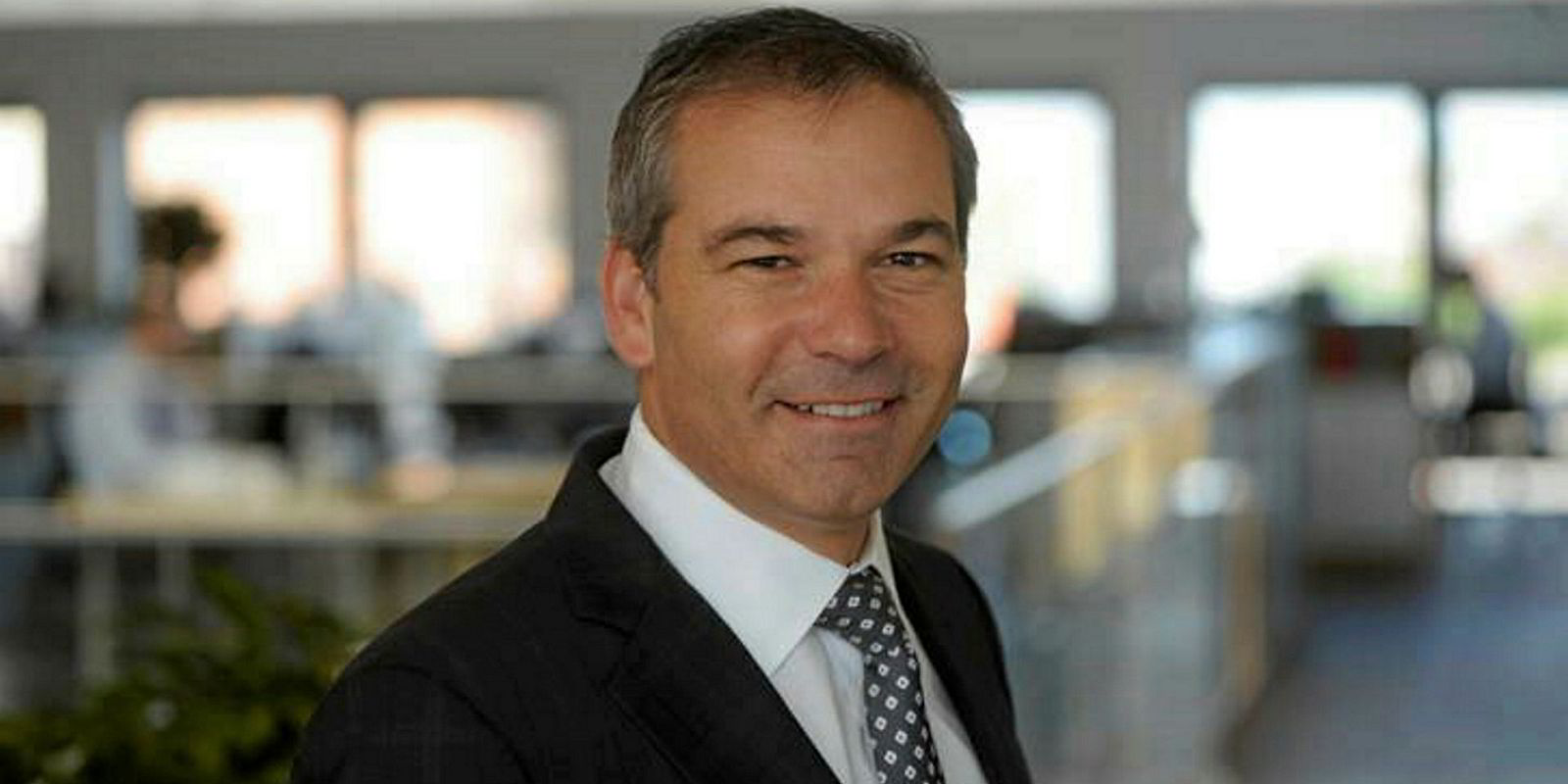Connecticut-based Eagle Bulk Shipping returned to profit last quarter on the strength of an improving dry bulk market while narrowly missing Wall Street analysts’ profit expectations.
The Stamford owner pulled in net income of $3.5m ($0.05 per share), just missing the average analyst estimate of $0.06 but restoring black ink after a long series of losing quarters and a neutral result for the first three months of 2018.
But while time charter equivalent (TCE) rates of $11,453 represented a 25% improvement over the second quarter of 2017, Eagle’s bookings to date for the current quarter are lower at $10,808 based on 68% of available days.
"We are pleased that our active owner-operator strategy continues to drive improving results across all key performance metrics, including a $1,026 outperformance of the benchmark Baltic Supramax Index during the second quarter,” said chief executive Gary Vogel in today’s earnings statement.
“The results are a reflection not only of an improvement in the underlying dry bulk market, but also of the proactive measures we have taken to enhance the balance sheet and optimize the fleet makeup.”
Eagle’s numbers showed an across-the-board improvement over measures from the year-ago quarter.
TCE revenue of $47.6m was up 41%. Adjusted earnings before interest, taxes, depreciation and amortisation (Ebitda) was $21.1m, up 127%.
In the year-ago quarter, Eagle had lost $5.9m, or $0.08 per share.
While vessel expenses were up to $20.6m from $19.3m, Eagle said the increase was attributable to fleet size after its acqusition of 11 ultramaxes during 2017 and 2018.
New York-listed Eagle owns 47 bulkers — 35 supramaxes and 12 aframaxes — averaging eight years old.







